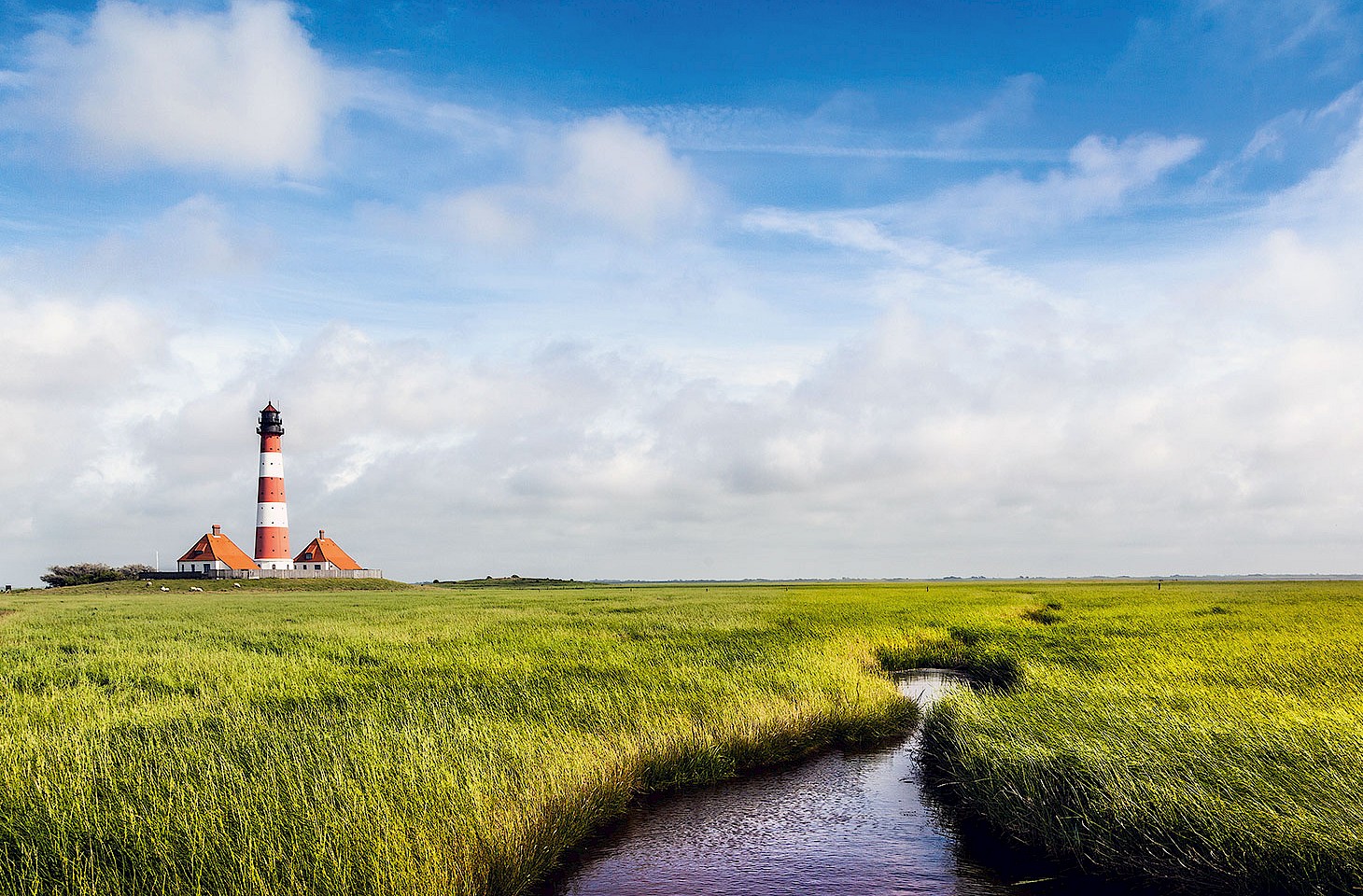Mike Nelhams is perched high on a ladder inspecting the head of a particularly striking Phoenix canariensis. One of dozens of Canary Island palms dotted over a garden landscape that explodes with vibrant colour. There are Lapageria from Chile, Protea from South Africa and Clianthus from New Zealand.
Far away in the eastern sky, there is the repetitive low thud of an approaching helicopter. Mike has a good ear for helicopters. Horticulture may be his passion, but his devotion to exotic plants and trees sometimes has to take second place to the helicopter. Mike Nelhams is a man of multiple callings. By inclination he is the curator of the Abbey Gardens on Tresco in the Isles of Scilly. But Mike, like other staff at the gardens, puts in a regular stint at Tresco Heliport too, sometimes as air traffic controller and occasionally on the roster as the duty fireman.
It is no more than a few minutes before the Sikorsky helicopter settles gently onto the Tresco helipad, its rotor still spinning as it decants a handful of visitors plus a couple of islanders who return to their Lilliputian world after a day or two away on the mainland. England is another world for this island community in the North Atlantic. Tresco may be nominally part of England but in good weather it seems more Caribbean than European - lush, verdant and utterly seductive in an ocean that changes colour with the tides and the mood of the skies: sometimes sapphire blue, often turquoise and occasionally even cauldron black.
Not a lot of gardens around Europe have their own heliport. But the Abbey Gardens on Tresco, where Mike and his team defy Atlantic winds and salt spray to maintain one of Europe's boldest horticultural adventures, are no ordinary garden. "We can experiment in a way that a more formal botanical garden might find a shade too unconventional," he explains. "We are not at all constrained by tradition, so we may have an avenue that mixes plants from three continents. That would make the traditionalists wince. But we are a private garden on a private island and so we can do exactly as we want."
The Scilly Isles are served by no car ferry, so the effects of remoteness impact on everyday life. Tresco is car-free, its vehicular traffic being limited to tractors, bicycles, golf-carts and the occasional shopping trolley. But everyone has boats, used more for flitting between islands than for journeys to the British mainland.



